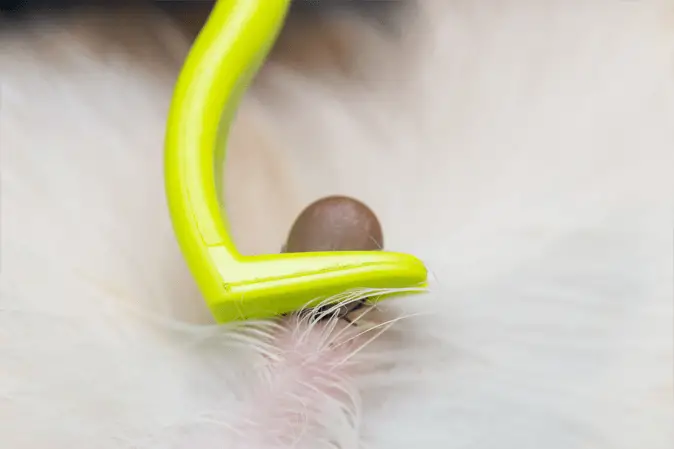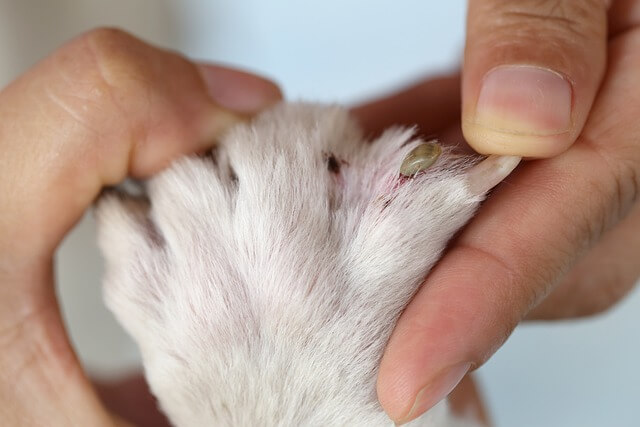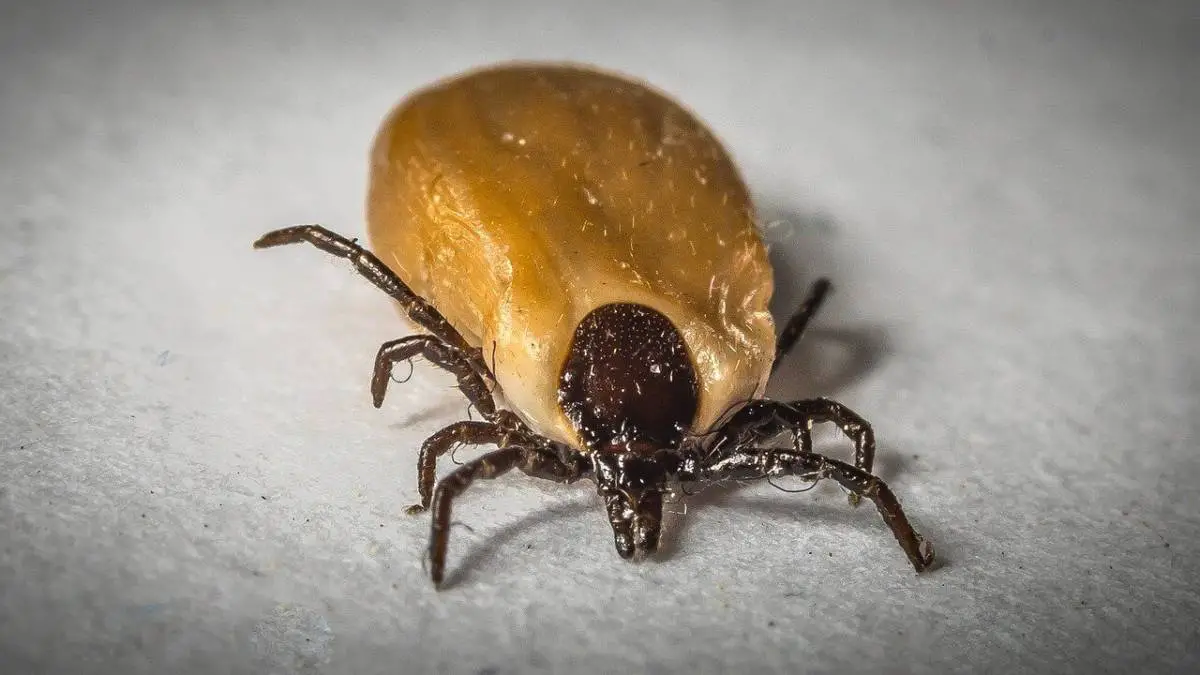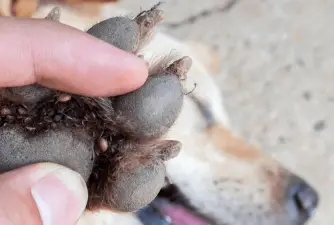5 Places to Look for Ticks on Your Dog
19.07.2021.
Summer has arrived, and it is the peak of tick season. The weather is warm, so many dog owners decide to go for nice, cooling walks or jogs with their dogs through the woods. Unfortunately, that is where ticks live as well. If you are a responsible dog owner, you will have to look at your dog’s body at home and check for ticks and tick bites.
If you are not sure where to look, or your dog has a thick coat, like a Golden Retriever, here are some of the favorite places ticks love on your dog. Mind you, that doesn’t mean you should ignore the rest of your dog’s body; it just means there are many cases where ticks were found and removed from dogs. Here are those places;
1. Collar area
Ticks love dark, moist areas, and what better area than under your dog’s collar? Most dog owners keep collars on their dogs at all times. That is smart since keeping proper ID on your dog is an intelligent thing to do. However, ticks will use this situation and attach themselves in the thick coat area under the dog’s collar. Make sure you check all sides and look for small bumps. When checking your dog for ticks, make sure you remove their collar.
2. Ears and head
Dogs explore the world around them by chewing, smelling, and licking. They often poke their heads in bushes and around trees, which is where ticks strategically place themselves to find a host. If a tick gets onto your dog’s head, chances are they will look for a dark place to attach and get some of your dog’s blood. You must keep an eye on your dog, and if you notice your dog shaking their head or scratching their ears, it is usually a sign something is bugging them inside the ear canal. Make sure you take a good look inside and around your dog’s ears and head.

3. Groin and tail
Like we already said, ticks love dark, moist areas, and one of their favorite spots to hand around on your dog is the groin and the lower part of the dog’s tail. Many owners skip checking the dog’s groin, and you really shouldn’t do that. It might be a bit uncomfortable, but being a dog owner means dealing with some unpleasant things. The under part of the dog’s tail is rarely exposed to the sun, so ticks love it. You should take a careful look at your dog’s tail when checking for ticks.
IMPORTANT NOTICE: If you want to protect your dog from ticks, you should use tick repellants or tick collars for dogs. That will prevent the tick from attaching to your dog.
4. Between toes and pads
Dog’s toes and pads are in contact with the ground, and that is where ticks can often be found. These nasty parasites often hold on to a single piece of grass and wait for an animal to pass. The place between your dog’s toes and pads is moist and dark. As we established, ticks love those kinds of places, and if they can, they will creep their way down there and hope to pass unnoticed. However, now you know ticks love that, so you should check those areas. Make sure you thoroughly check all those areas because ticks that just started drinking your dog’s blood will be relatively small. One of the clear signs something is bugging your dog’s toes or pads is if they are biting and licking that area.

5. Eyelids and armpits
Many ticks that attach themselves inside the eyelid or around the eye are mistaken for eye discharge or skin tags. That can be problematic because the longer the tick stays attached, the bigger the chances are they will transmit some sort of disease to your dog. Take a close look at the area around your dog’s eye, especially the eyelids.
Another area ticks love is what we humans would consider armpits. That area is hard to reach and examine, and dogs will have a hard time trying to scratch or bite that area. Ticks are sneaky, and they love picking places where removing them will be problematic. This is another dark, moist area ticks are drawn to.
In conclusion
The best way to make sure your dog doesn’t get a tick is - prevention. You should make sure your dog is always protected from ticks and tick-borne diseases like Lyme disease or anaplasmosis. All dog owners should know how to safely remove the tick from their dog. If you are not sure how to do it, here is a helpful article that can take you through the process - Tick on a dog and how to remove it.
World Dog Finder team



![Best Flea Shampoo for Dogs [2023 Review]](https://worlddogfinder.com/imager/334x225/upload/articles/dog_with_foam_on_head.png)



Share